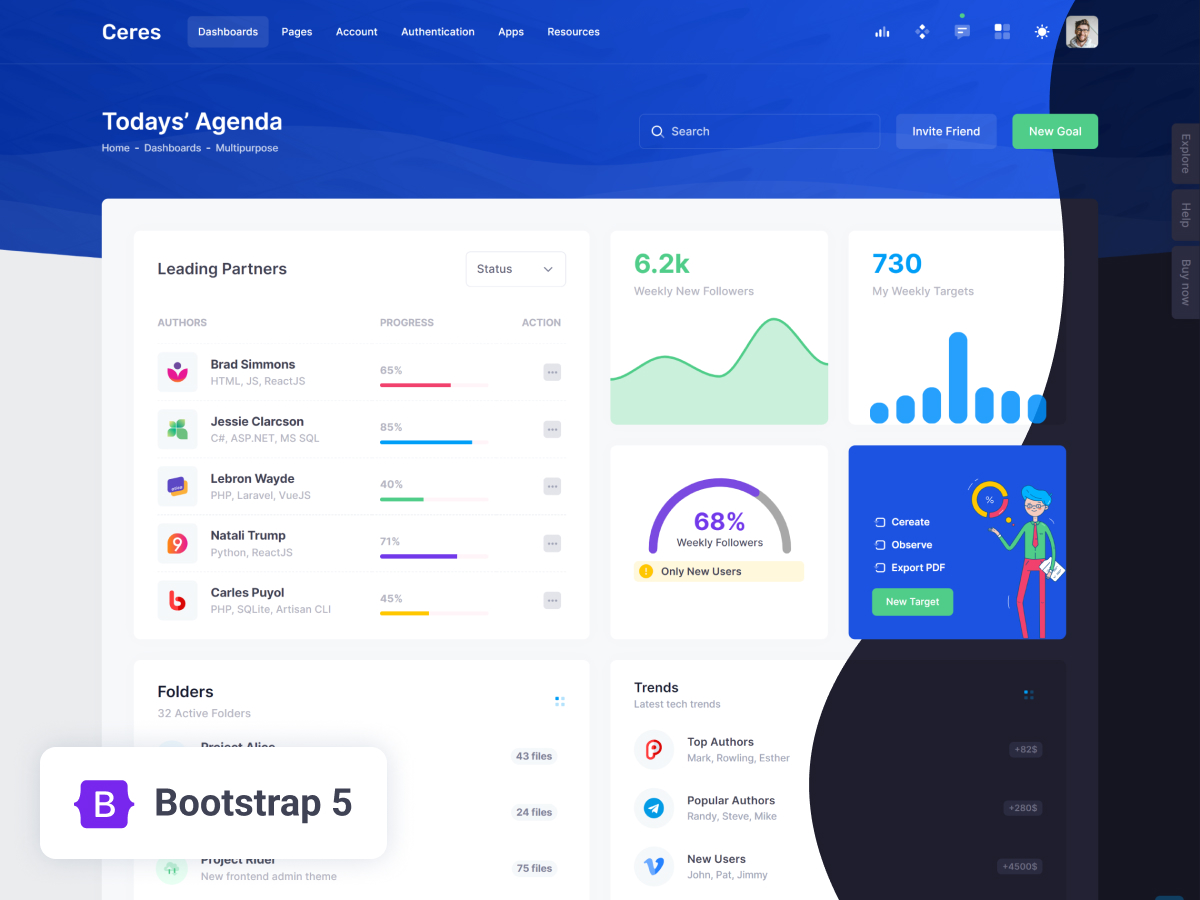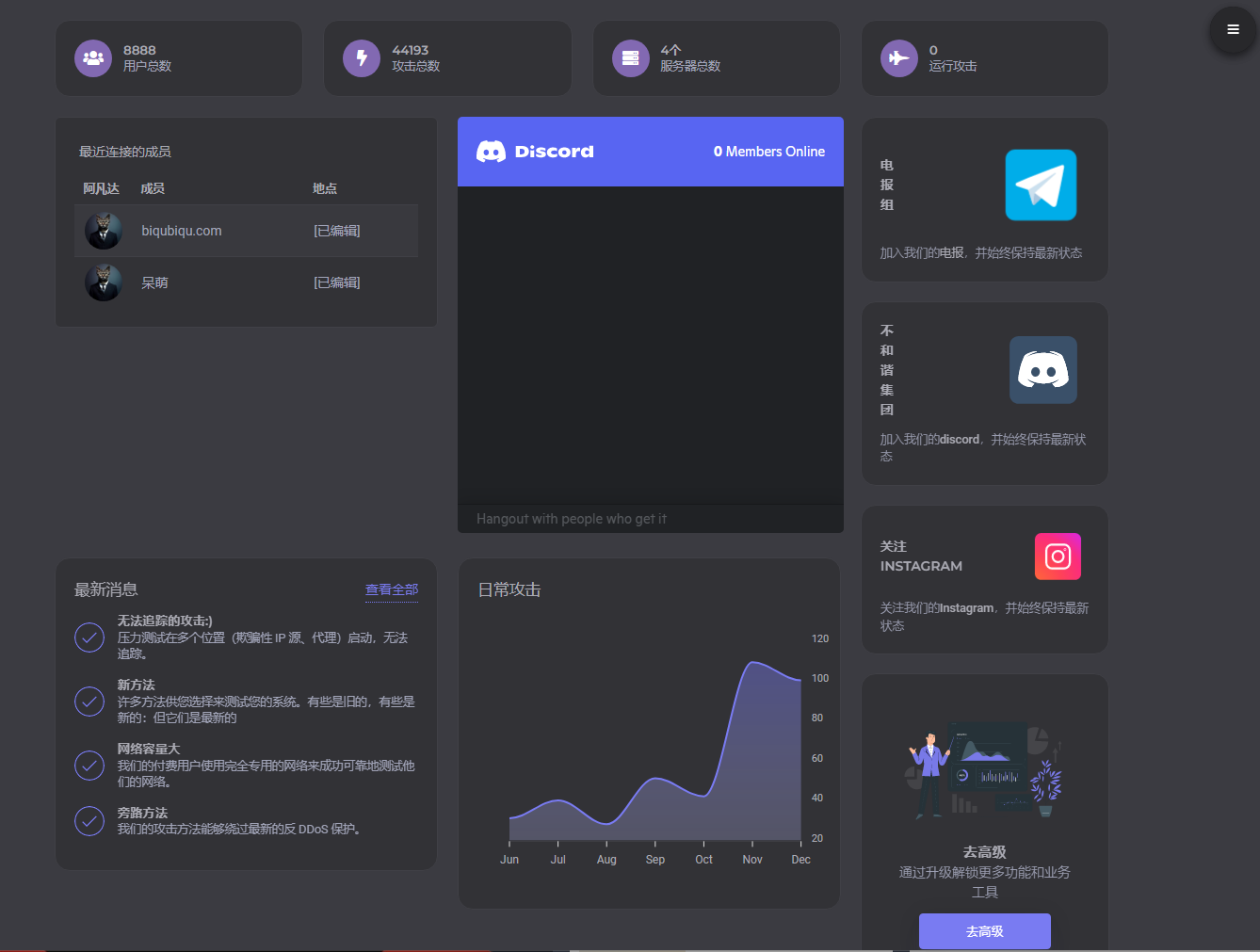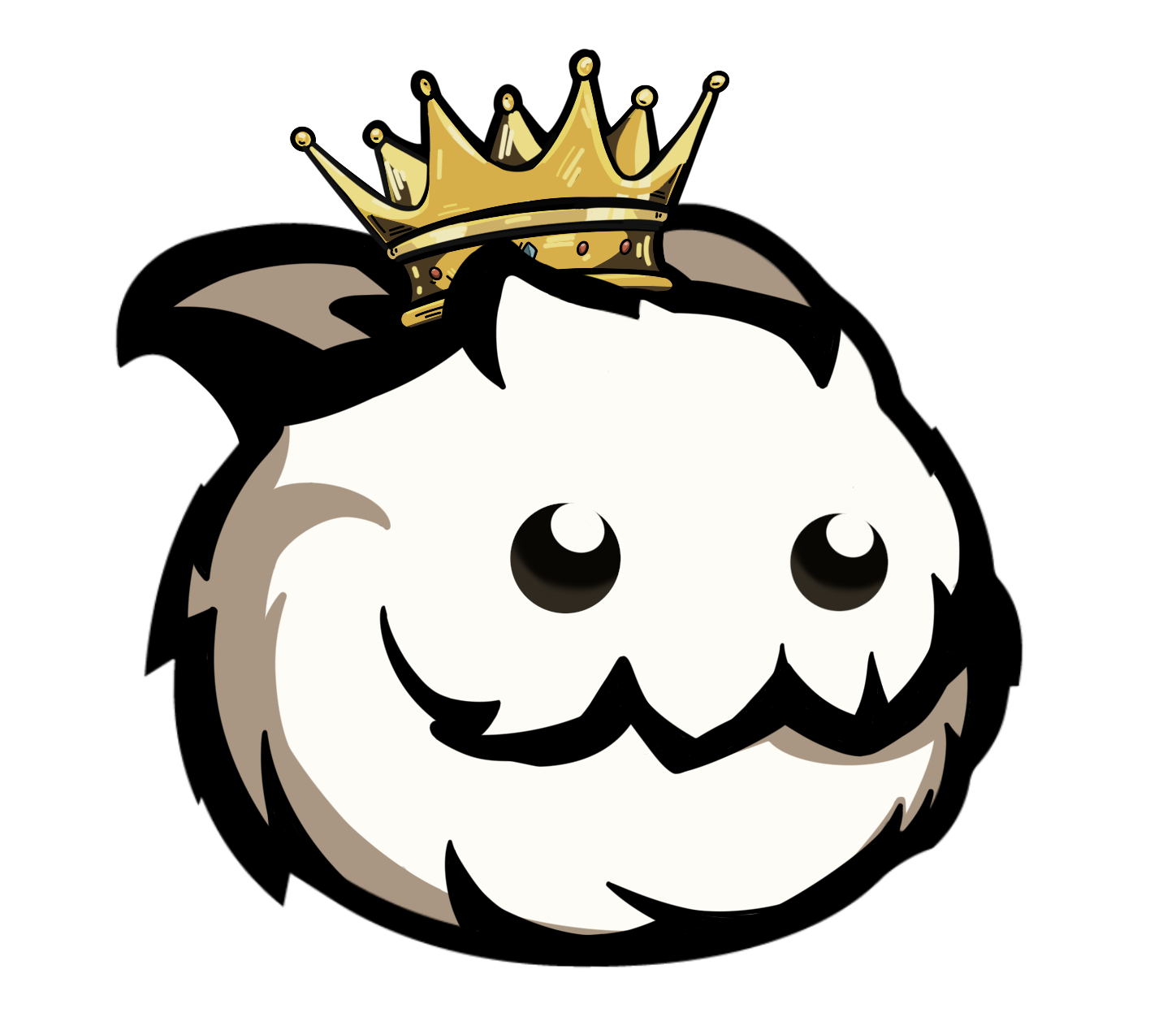UED在线,注册|The Role of Gamification in Your Marketing Strategy
The Role of Gamification in Your Marketing Strategy
Introduction
In today's fast-paced and highly competitive business environment, companies are constantly seeking innovative ways to engage their target audience, drive customer loyalty, and ultimately increase sales. Gamification has emerged as a powerful marketing tool that leverages the principles of game design to create engaging experiences that captivate users and drive desired actions. This article explores the role of gamification in your marketing strategy, highlighting its benefits, key elements, and practical examples of how businesses have successfully implemented gamification to achieve their marketing goals.
Benefits of Gamification in Marketing

Gamification offers several compelling benefits for businesses looking to enhance their marketing efforts:
Increased Engagement: Gamification transforms mundane marketing activities into interactive and engaging experiences, capturing users' attention and encouraging them to actively participate. By creating challenges, rewards, and a sense of progress, gamification enhances the overall user experience and drives ongoing engagement.
Enhanced Brand Loyalty: Gamification fosters emotional connections between users and brands. By providing users with a sense of accomplishment, recognition, and exclusivity, gamification creates positive brand associations and builds lasting relationships.
Lead Generation and Conversion: Gamified marketing campaigns can effectively attract new leads and convert them into paying customers. By offering incentives, such as discounts, exclusive content, or early access to products, gamification encourages users to take desired actions, ultimately boosting lead generation and conversion rates.
Improved Customer Retention: Gamification can be a powerful tool for retaining existing customers and increasing their lifetime value. By creating a sense of continuity and rewarding repeated engagement, gamification encourages customers to remain loyal to the brand and make repeat purchases.

Key Elements of Gamification
Effective gamification requires careful consideration of several key elements:
Goals and Objectives: Clearly define the specific goals and objectives you aim to achieve through gamification. Whether it's increasing brand awareness, driving traffic to your website, or generating leads, having clear objectives guides the design and implementation of your gamified marketing campaign.
Target Audience: Understanding your target audience is crucial for successful gamification. Consider their interests, preferences, and behaviors to create a gamified experience that resonates with them and drives desired actions.
Gameplay Mechanics: Gamification involves the use of various gameplay mechanics to engage users. These mechanics include challenges, rewards, points systems, leaderboards, and progress bars. Carefully selecting and implementing these mechanics ensures a captivating and rewarding experience for users.
Storytelling and Narrative: Incorporating storytelling and narrative elements into your gamified marketing campaign can enhance user engagement and create a memorable experience. By creating a compelling narrative that aligns with your brand identity and messaging, you can immerse users in a world that resonates with them and drives them towards desired actions.
Feedback and Recognition: Gamification thrives on providing users with immediate feedback and recognition for their efforts and achievements. This can be achieved through visual cues, progress bars, badges, or public leaderboards. By acknowledging user progress and rewarding their participation, you encourage them to continue engaging with your gamified marketing campaign.
Practical Examples of Gamification in Marketing
Numerous businesses have successfully integrated gamification into their marketing strategies to achieve remarkable results:
Duolingo: The popular language learning app uses gamification to make learning fun and engaging. Users earn points, unlock levels, and compete with friends to stay motivated and progress in their language learning journey.
Nike Run Club: Nike's running app combines gamification with fitness tracking to encourage users to stay active and reach their fitness goals. Users earn badges, trophies, and virtual rewards for completing challenges and hitting milestones.
Sephora Beauty Insider: Sephora's loyalty program incorporates gamification elements to reward customers for their purchases. Members earn points, unlock exclusive perks, and gain access to VIP events and experiences based on their spending and engagement.
Conclusion

Gamification offers a dynamic approach to engaging users, driving brand loyalty, and achieving marketing goals. By understanding the benefits, key elements, and practical examples of gamification in marketing, businesses can leverage this powerful tool to captivate their target audience, generate leads, increase conversions, and retain customers. In today's competitive landscape, gamification is an essential component of a comprehensive marketing strategy, providing a unique and interactive way to connect with consumers and drive business growth.
